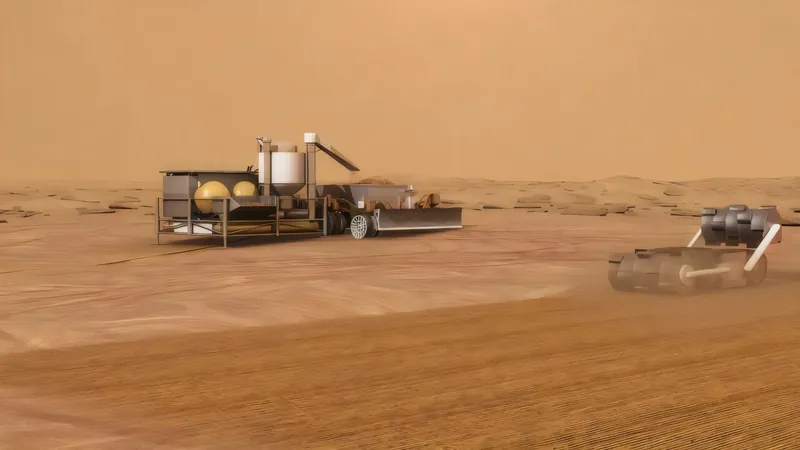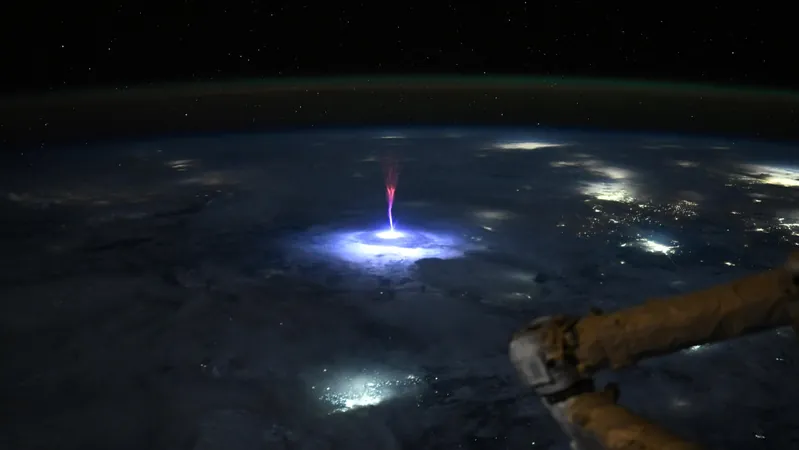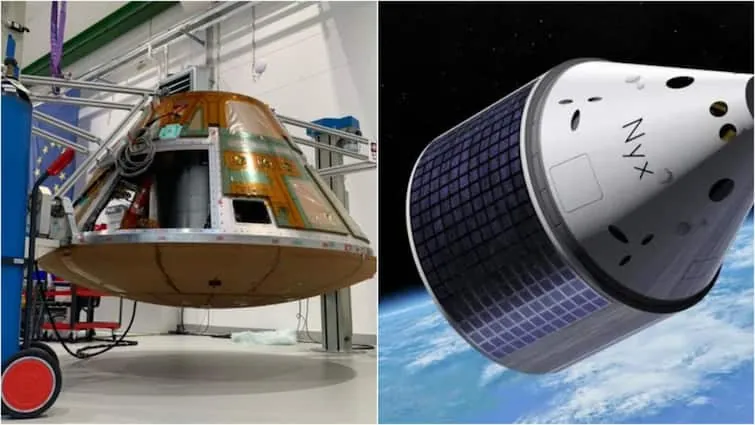
Unlocking Mars: How In-Situ Resource Utilization Could Pave the Way for Human Settlement
2025-05-16
Author: Liam
A Bold New Frontier: Preparing for Human Life on Mars
Could astronauts one day thrive on Mars? A groundbreaking study presented at the 56th Lunar and Planetary Science Conference aims to unlock the potential of in-situ resource utilization (ISRU), providing a roadmap for sustaining human life on the Red Planet.
The Vision Behind ISRU
Lead author Dr. Christoph Gross from Freie Universität Berlin explains that the core motivation of this study centers around humanity's ambitious endeavor to establish a presence on Mars. While short trips may rely on supplies shipped from Earth, prolonged missions will demand a sustainable way to generate essential resources like water and oxygen.
Growing Food on Mars: A Game-Changer?
Imagine growing your own food on Mars! Building on insights from the EDEN ISS project in Antarctica, the research team concluded that an area of approximately 40 to 65 square meters could yield enough food to sustain one crew member for an entire year. Not only would growing crops provide sustenance, but it could also enhance the Martian atmosphere by producing oxygen and filtering out carbon dioxide.
Where to Tap Martian Resources?
The study identified promising locales on Mars for ISRU, including Juventae Chasma and Meridiani Planum. Juventae Chasma—a massive canyon near the Martian equator—houses hydrated minerals, while Meridiani Planum sits atop hydrated sediments. Both sites present incredible opportunities for resource extraction.
Exploring the Unknown: Potential New Locations
Dr. Gross mentions other intriguing sites like Utopia Planitia, known for its subsurface ice and salt, although data on this area remains limited. He emphasizes the importance of finding locations that are ideal for landing missions, balancing scientific interest with resource availability.
The Future of Martian Colonization: From Vision to Reality
ISRU isn't just about reducing Earth-bound shipments; it could be the key to transforming Mars into a self-sustaining settlement. Utilizing Martian water ice for hydration and leveraging the planet's carbon dioxide-rich atmosphere for oxygen could fundamentally change the paradigm of space exploration.
Turning Dreams into Reality: NASA's Groundbreaking Experiments
The successful demonstration of oxygen production with NASA’s MOXIE experiment on the Perseverance rover is a testament to the feasibility of ISRU. This technology couldn't just support astronauts—it could one day enable thriving communities on Mars.
The Path Ahead: Exploration is Key
Dr. Gross urges the need for more exploratory missions to gather crucial data. Small, cost-effective scout missions could answer vital questions about Martian resources and help shape the future of human life on the planet. The dream of living on Mars is becoming ever more tangible, and every discovery inches us closer to that reality.









 Brasil (PT)
Brasil (PT)
 Canada (EN)
Canada (EN)
 Chile (ES)
Chile (ES)
 Česko (CS)
Česko (CS)
 대한민국 (KO)
대한민국 (KO)
 España (ES)
España (ES)
 France (FR)
France (FR)
 Hong Kong (EN)
Hong Kong (EN)
 Italia (IT)
Italia (IT)
 日本 (JA)
日本 (JA)
 Magyarország (HU)
Magyarország (HU)
 Norge (NO)
Norge (NO)
 Polska (PL)
Polska (PL)
 Schweiz (DE)
Schweiz (DE)
 Singapore (EN)
Singapore (EN)
 Sverige (SV)
Sverige (SV)
 Suomi (FI)
Suomi (FI)
 Türkiye (TR)
Türkiye (TR)
 الإمارات العربية المتحدة (AR)
الإمارات العربية المتحدة (AR)